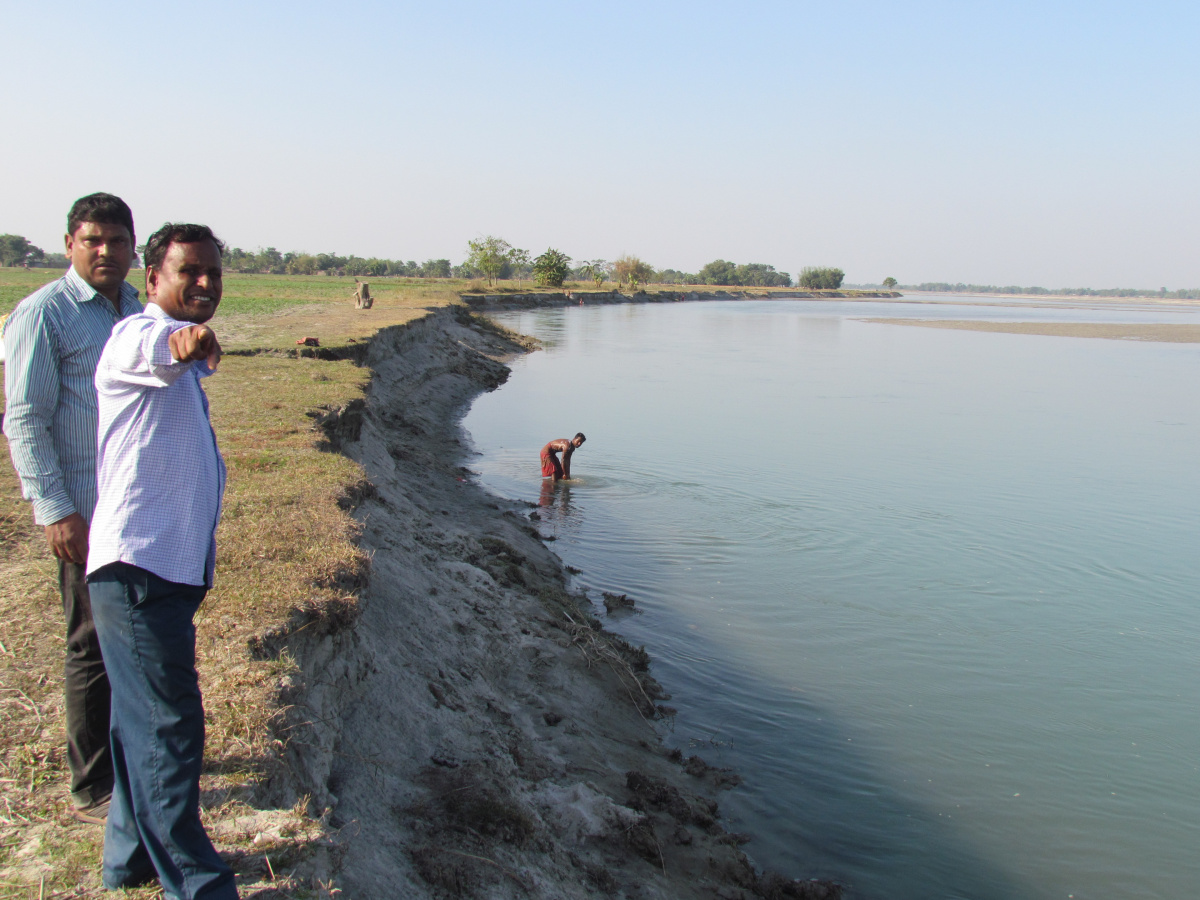Re-Introduction of Cheer Pheasant in Wild in Himachal Pradesh, India
The State Forest Department of Himachal Pradesh has set-up an exclusive breeding centre for Cheer Pheasant in Chail, Himachal Pradesh as per the standards of breeding as suggested by IUCN and recognised by the Central Zoo Authority. The centre has managed to breed more than 70 birds so far.

Cheer Pheasant
Photo: IUCN
Cheer Pheasant is a threatened pheasant found in the Himalaya, occurring in India, Nepal and Pakistan. “Cheer” refers to the birds’ occurrence near Chir Pine forests and “Pheasant” means a member of the game-bird family which mostly include ground dwelling birds. Males and females of this species look very similar except that male birds have a relatively longer tail and crest.
Cheer Pheasant occurs in a grassland habitat combined with short trees and shrubs in elevations between 1500 – 3000m. They breed in steep cliff-like places by making a ground nest during April – June. During the breeding season, a female Cheer Pheasant lays up to 5 – 10 eggs (sometimes 12) and incubates them from around 28 days. Both male and female take of the care of chicks until the next breeding season. During this period, they teach chicks survival techniques such as winter survival, finding food and avoiding predators. In captivity, Cheer Pheasants live for more than 10 years.
Threats
The major threats to Cheer Pheasants are hunting, forest fires, grazing and fodder collection. Forest fires pose a major threat as it mostly occurs during the breeding season. Grazing and fodder collection result in the reduction of disturbance-free habitat that the Cheer Pheasants prefer. Globally, due these unregulated activities, the population of Cheer Pheasants has reduced to fewer than 2700 birds. As a result, it is a highly protected species included in the Schedule-I of India Wildlife Protection Act. 1972
Conservation and Re-Introduction
Himachal Pradesh is an area where a majority of the remaining wild populations are surviving. Some important Cheer Pheasant areas in the state include Majathal Wildlife Sanctuary, Chail Wildlife Sanctuary, Bhaila-Chonri area, Seri and isolated areas in Chamba, Rampur and Kullu. Himachal Pradesh Forest Department has taken several measures to save the species including establishment of Protected Areas and carrying out captive breeding. The Forest Department has set-up an exclusive breeding centre for Cheer Pheasant in Chail, Himachal Pradesh. Following standards of breeding as suggested by agencies like IUCN and recognised by the Central Zoo Authority, the centre has managed to breed more than 70 birds. It is now planned to reintroduce these captive-bred birds. The vision is to re-establish populations of Cheer Pheasant in areas where they previously occurred but have now gone extinct due to various reasons including human disturbances. A site between Seri and Undala villages (Dharbhog Panchayat) in Shimla Rural Tehsil is identified for the release of these birds on 3rd October 2019 as one of the events of Wildlife Week 2019.
These sites are important Cheer Pheasant areas in the state and where number of depleted over the years and this project will help in recovery of wild populations. This is a unique initiative and will bring the reintroduction site on the world map of wildlife conservation.
To start with, a total of three family groups (a total of 18 birds) from a total of 75 birds that have been captively bred in the facility. These birds have been selected based on their genetic constitution for reintroduction protocol as approved by Galliformes Expert Group of IUCN is being followed.
Selection procedure for pairing and breeding of these birds was put into place in February, 2019. Based on the stud-book records and genetic analysis the birds were paired and allowed to breed. An intensive management of these birds was practiced to ensure maximum success of breeding of the selected lot. A strict veterinary health screening protocol was followed up with regular sample testing to diagnose any kind of infectious processes. Feeding protocol was also spruced up to ensure a healthy constitution and rule out any feed related health issues especially mineral deficiencies. Morbid samples of the birds were collected by the veterinarians and sent to IVRI, Izzatnagar to rule out any prevalent diseases, and none of the bird was found to be harbouring any infectious or contagious pathogens. The quarantine of the birds was accomplished well in time for the final reintroduction into the soft-release facility.
On 3-4th October, the selected family groups were released into the soft-release pens in the selected site at Seri. The birds are now being trained to switch over to the natural food. The birds will also be imparted essential predator training for their better survival. The release site has been thoroughly evaluated for the types of predators, grazing pressure, human presence etc. by means of grid camera trappings, evaluation and presence of signs of predators and also evaluation of the pathogens/parasites in the existing avian species. The birds shall be trained to waive off any kind of human-imprinting and upon exhibition of typical natural behaviour of the free ranging species.
Now the birds have been fitted with identification rings and VHF tags in selected birds. The final release from the soft-pens has been done after a month of keeping them in the soft pens. Thereafter close monitoring of the released population is being carried out which will continue for almost a year till the population of the released birds establishes itself into the new habitat spelling out success of reintroduction exercise.
This is first of its kind experiment and if the pheasant survive for a year and get intermingled with the naturally occurring population, this would be first successful reintroduction of the bird into the wild.



